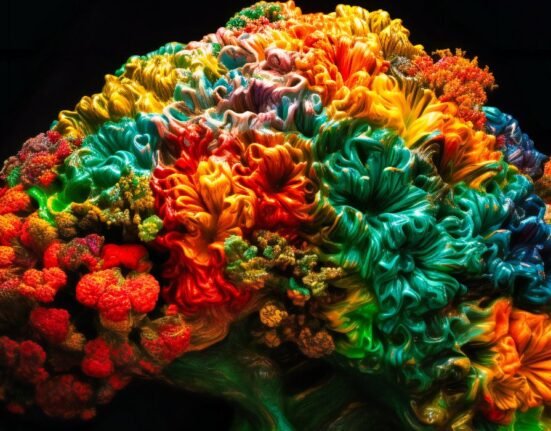Have you ever had the urge to move your left hand in a certain way because your right hand moved in a certain way? Do you check the electronics and doors multiple times before leaving home? Do you constantly worry about whether you switched off the gas or left a window open when you are away from home?
Although the above-stated situations are not in themselves problematic however if an individual does relate to the above in a manner that is affecting other things in their life, it can then be problematic. Worries about the window being left open or the gas being left on are things everyone may have at some point or the other. Similarly checking whether your electronics are off and if the doors are locked properly are all normal and many people may be able to relate to this. It is also a rational worry however if someone happens to have these thoughts multiple times and it stays with them in their head and ends up disrupting other aspects of their lives, then it is possibly because that person may be suffering from obsessive-compulsive disorder. Although it may not always be the case and there may be some other issues that one must be undergoing it is important that if there are any symptoms, one must get themselves checked.
Obsessive-compulsive disorder or OCD as it is more commonly known is characterized by a series of obsessions and compulsions that a person undergoes. The individual may have extremely irrational thoughts that are obsessive and they may try to get over those thoughts by engaging in some sort of action or ritual that may soon become a compulsion of sorts and the individual may feel compelled to act in a certain manner to not let their imagined negative thoughts become reality. Often those suffering from OCD do realize that their thoughts are irrational and that complying with certain behaviors will not change anything, however, they feel compelled to carry it out and are unable to do anything about it.

The intrusive thoughts which are persistent and recurrent followed by the repetitive behaviors or mental acts that the person tries to do to get rid of the thoughts in their head form a vicious cycle from which the individual has no escape and the person gets stuck in a loop wherein they give in to their intrusive thoughts and partake in certain repetitive behaviors even if they know that those behaviors are irrational. Rather than being a source of pleasure, people with OCD perform compulsions because they believe these rituals are necessary to prevent negative consequences. Thus, not performing the behaviors often tends to lead to feelings of great distress among individuals suffering from OCD.
Obsessive-compulsive disorder is known to revolve around certain themes which may change over time and are not necessarily constant although there can be exceptions. These individuals may have an extreme fear of being betrayed or being dirty etc. and this fear might manifest itself into a certain kind of compulsive act that they force themselves to do to be safe and clean and away from harm’s way. Although most times an individual suffering from OC has both obsessions and compulsions, there may also be times when certain individuals may have only obsessions or only compulsions. It is also known that OC is a disorder for life and that it never really goes away and so one must keep in mind to not stay under extreme pressures or stress as greater stress can worsen symptoms. Although there has been no clear cause that has been found, there are multiple risk factors that one must keep in mind which include genetics, environment, brain structures and functions, stress or trauma, personality, abuse in childhood, childhood acute neuropsychiatric symptoms (CANS) and traumatic brain injury to name a few. There is also various differential diagnosis that includes major depressive disorder, anxiety, eating disorders and ADHD among others.

There are various kinds of disorders on the spectrum of obsessive-compulsive disorders and each different kind manifests itself differently in different people however certain common symptoms exist in obsessive-compulsive disorder that are sort of universal and include cleaning, symmetry, forbidden or taboo and harm among others. The disorder manifests itself differently in different people but also differently in children and adults. OCD is associated with reduced quality of life as well as high levels of social and occupational impairment. Also, OCD Is normally treated with medication, psychotherapy or at times even a combination of the two.
Research shows that certain types of psychotherapy including cognitive behavior therapy (CBT) and other related therapies like habit reversal training can be as effective as medication for many individuals. Research also shows that a type of CBT called exposure and response prevention (EX/RP) is effective in reducing compulsive behaviors even in those who did not respond well to Serotonin reuptake inhibitors (SRI).













Leave feedback about this